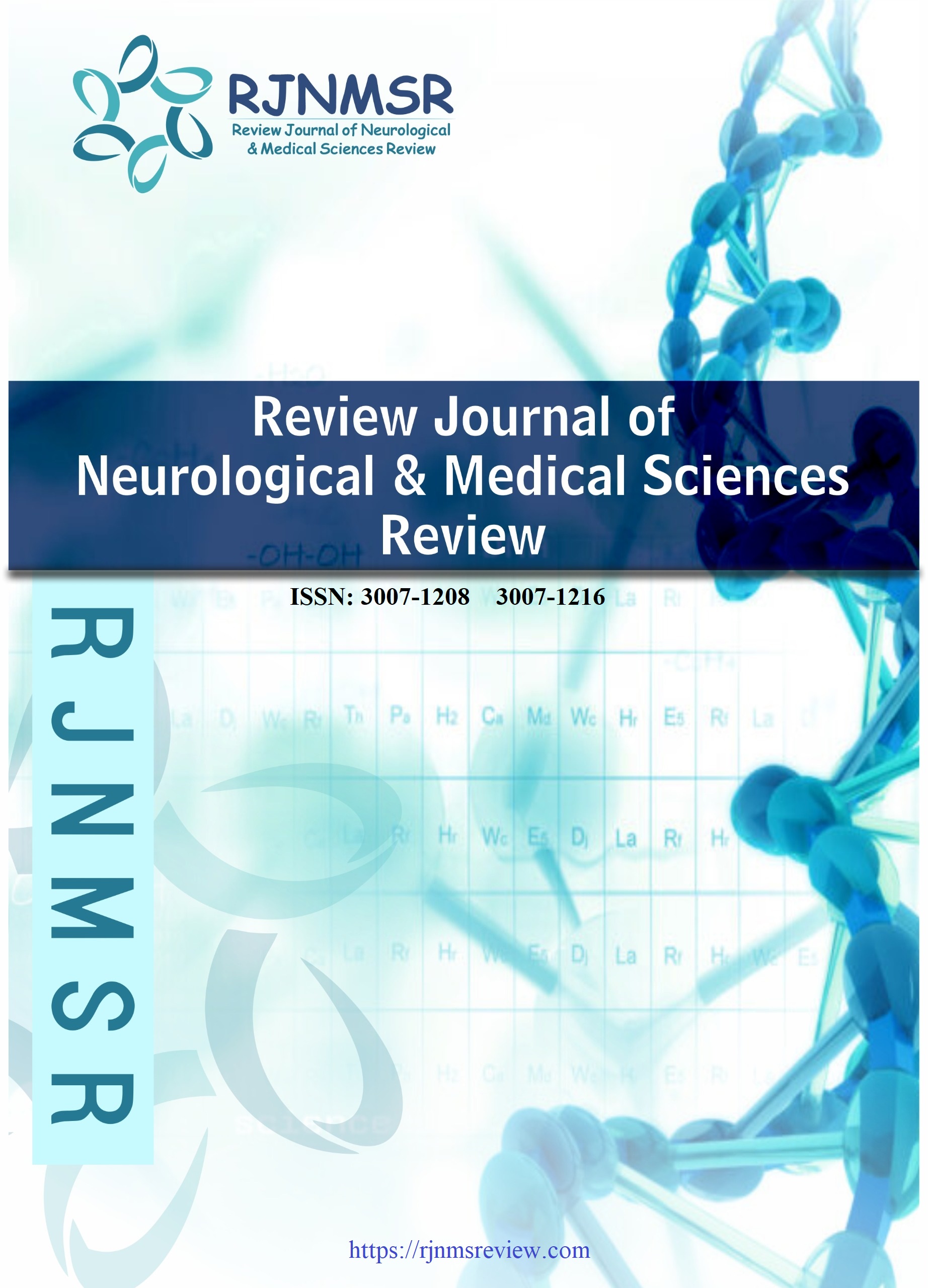PREVALENCE, RISK FACTORS, AND CURRENT DIAGNOSTIC APPROACHES FOR GASTROESOPHAGEAL REFLUX DISEASE: AN UPDATE REVIEW
DOI:
https://doi.org/10.63075/qhdnn258Keywords:
Gastroesophageal Reflux Disease (GERD), Non-invasive Diagnostic methods, pH monitoring, Salivary biomarkers, miRNA testing, Artificial Intelligence (AI)Abstract
Gastroesophageal reflux disease (GERD) is a chronic gastrointestinal disorder characterized by the abnormal reflux of stomach contents into the oesophagus, leading to symptoms like heartburn and regurgitation. GERD significantly impacts patients' quality of life and can result in complications such as esophagitis, Barrett’s oesophagus, and oesophageal adenocarcinoma. This review provides a comprehensive overview of prevalence, risk factors, and current diagnostic approaches for GERD. Traditional diagnostic methods, such as endoscopy, pH monitoring, and manometry, remain crucial for identifying the disease. However, these invasive techniques often fail to detect non-erosive GERD (NERD) and atypical symptoms, limiting their diagnostic utility. Non-invasive diagnostic tools, including salivary biomarkers (e.g., pepsin) and miRNA testing, offer promising alternatives for diagnosing GERD, particularly in patients with atypical symptoms who do not show visible oesophageal damage. Furthermore, artificial intelligence (AI) and advanced imaging technologies are emerging as valuable tools for enhancing diagnostic accuracy and personalizing treatment. These technologies could complement traditional diagnostic methods and improve early detection of GERD-related complications. This review emphasizes the need for standardized guidelines and the integration of advanced, non-invasive technologies into routine clinical practice to improve GERD diagnosis and management outcomes.Downloads
Published
2025-08-06
Issue
Section
Articles
How to Cite
PREVALENCE, RISK FACTORS, AND CURRENT DIAGNOSTIC APPROACHES FOR GASTROESOPHAGEAL REFLUX DISEASE: AN UPDATE REVIEW. (2025). Review Journal of Neurological & Medical Sciences Review, 3(4), 60-76. https://doi.org/10.63075/qhdnn258

